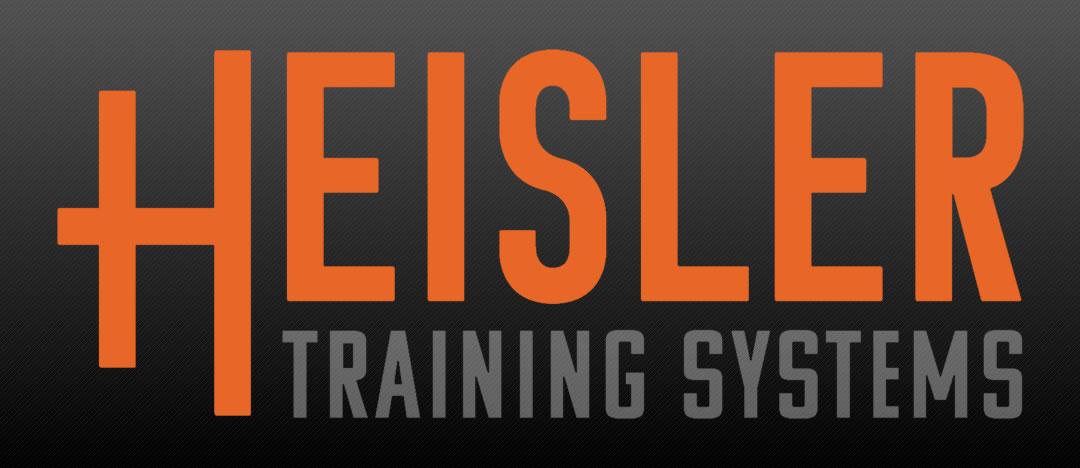|
1) I had always believed that acceleration, the first part of a sprint where the athlete has a forward body angle and force is applied horizontally, was where most games were played. After watching some high school lacrosse this week it has become clear that top-end running is also important.
2) Top-end running, from what I have learned, is supposed to be the part of a sprint where the athlete has achieved his or her maximum speed. The athlete stands tall, the knees drive forward before the foot strikes back directly under the athlete, the foot contacts the ground and the glutes and hamstrings drive the foot back, helping the athlete maintain their top speed. From the sidelines, I saw this exact posture often although it did not seem like the athletes had reached their top speed, it seemed more like they were running and maintaining roughly 85-95 percent of their maximum speed. I had always assumed that on a given “play” the athlete always accelerated to maximum speed. That was a very dumb assumption.
3) Not all athletes exhibited the same patterns. Some athletes received a pass and immediately attempted to run full speed ahead, only to lose the ball. The 3 or 4 athletes who controlled the play seemed to run in that 85-95 percent range.
4) Top-end running requires strong feet/ankles, a well developed elastic system, flexibility and a strong posterior chain (Hamstrings, glutes, back).
5) To run at a high rate of speed AND control the game around you requires relaxed running. This is another area I need to work on with my athletes.
6) I did not see any ankle breaking dekes. The athletes who cut through triple coverage repeatedly did not display breath-taking skill, they displayed confidence. When they went for it, they went for it with full speed and an attack mindset. Whether they were successful or not in previous attempts did not matter. I never had that when I was a competitive athlete. That, to me, is the big difference between the top athletes and the rest of us.
7) Confidence can be improved with proper training. In fact, training is probably the best place to help athletes build the confidence to attack challenging situations because there are no consequences of failure in the gym. If you lose a 1 on 1 in the gym, you did not cost your team a win, you can simply figure out what you did wrong and work on fixing the issue. The gym is a great place to grow without consequences.
8) No more ladder and cone agility drills. Athletes need to be able to cut in various directions, apply force in various directions, control their speed based on game context and actually use their minds to perceive and act on what is happening around them. Ladder and cone drills dampen these abilities.
9) I will keep banging my head against the wall until I have the top training facility in Cape May County AND Atlantic County.
10) It is fun trying to cheer for a sport where you have no idea what is happening most of the time. I have much to learn. |



